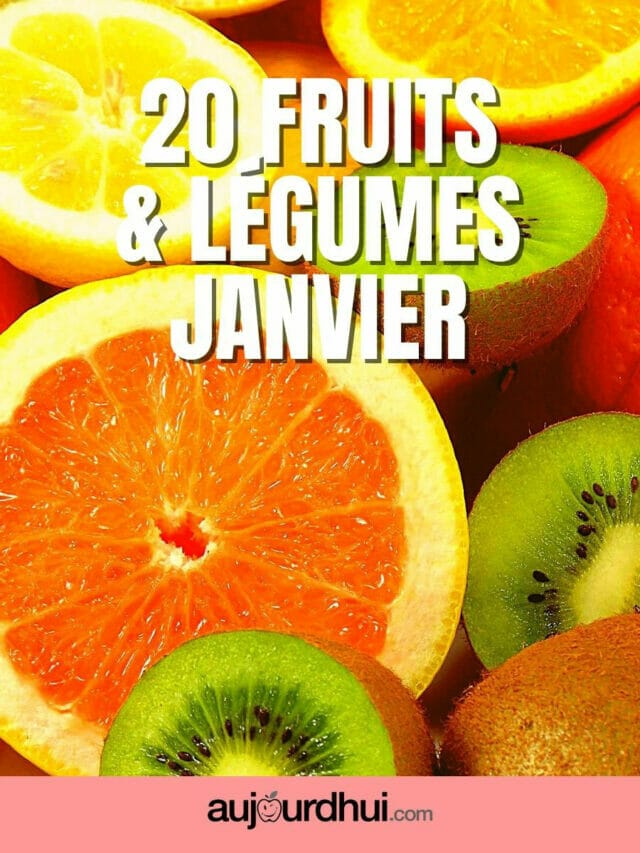Between raclette, mash, blanquette and gratins, winter pushes us to simmered dishes with sometimes disastrous consequences on our figure. However, if the diet must respect the seasons as much as possible, adding weight to our plates is neither necessary nor beneficial. By revisiting the basic winter dishes, we show you that it is possible to eat hearty and gourmet while eating well.
We don’t shun winter vegetables
Parsnip: this similar to carrot, low in calories, rich in magnesium, potassium and fiber (4.5 g / 100 g), prevents constipation. We try the parsnip to replace the potato, but also in a sweet version with apples or pears, and even carrot-cake.
Beet : no, it’s not a bomb of sugars, but of vitamin B9 (which supports the immune system) and antioxidants. To discover, for a change, beetroot in soup, puree or gratin, raw in juice or grated… and even with pasta that it will turn pink.
The celery : the virtues contributing to fight against the appearance of cancer (thanks to apigenin and its protective effect against breast cancer), anti-inflammatory and antihypertension make it a food of choice. If the branch, raw and fibrous, is not appreciated by all palates, celeriac is sweeter and more fragrant. With carrots, it will make a delicious soup.
Cabbage : we love them for their virtues helping to fight against the appearance of cancer, for their fibers, vitamins (C and B9) and for sulforaphane, a sulfur compound that slows down the inflammatory process and blocks the enzymes that wear out our cartilage: ideal for protecting our joints.
- To test, kale chips and just roasted raw cauliflower (whole in the oven in foil), delicious with parsley and olive oil!
Swiss chard: it is the richest leafy vegetable in vitamin K, which participates in bone mineralization, blood clotting and fights against inflammation. Bonus, vitamins C and A, magnesium, phosphorus, iron, potassium… and glutamine, an amino acid which slows down the aging of cells.
Squash: pumpkin, butternut, pumpkin, butternut squash or pumpkin: this vast family has seen its production and consumption soar over the past ten years. It is slightly laxative (thanks to its fibers) and rich in beta-carotene (prevention of aging and healthy glow!). The seeds would protect the prostate. You can slide the squash everywhere, even in cakes thanks to its sweet taste, or even make fries in the oven.
Turnip : this cousin of cabbages, now unloved, has nevertheless been consumed for more than four thousand years. It is also credited with anticancer (thanks to glucosinolates) and anti-inflammatory properties. Its richness in potassium makes it a protector of cardiovascular health. It can be eaten raw (its flavor is fine), grated or carpaccio, just pan-fried or make original winter purées. Also taste its leaves in salad.
Our expert : Véronique Liesse, dietitian, author of The special energy food ledger (ed. Leduc.s).
Read also :
- 1 gratin dauphinois, 4 healthy versions
- 1 pasta gratin, 4 healthy versions
- Calculate your BMI with our online tool























